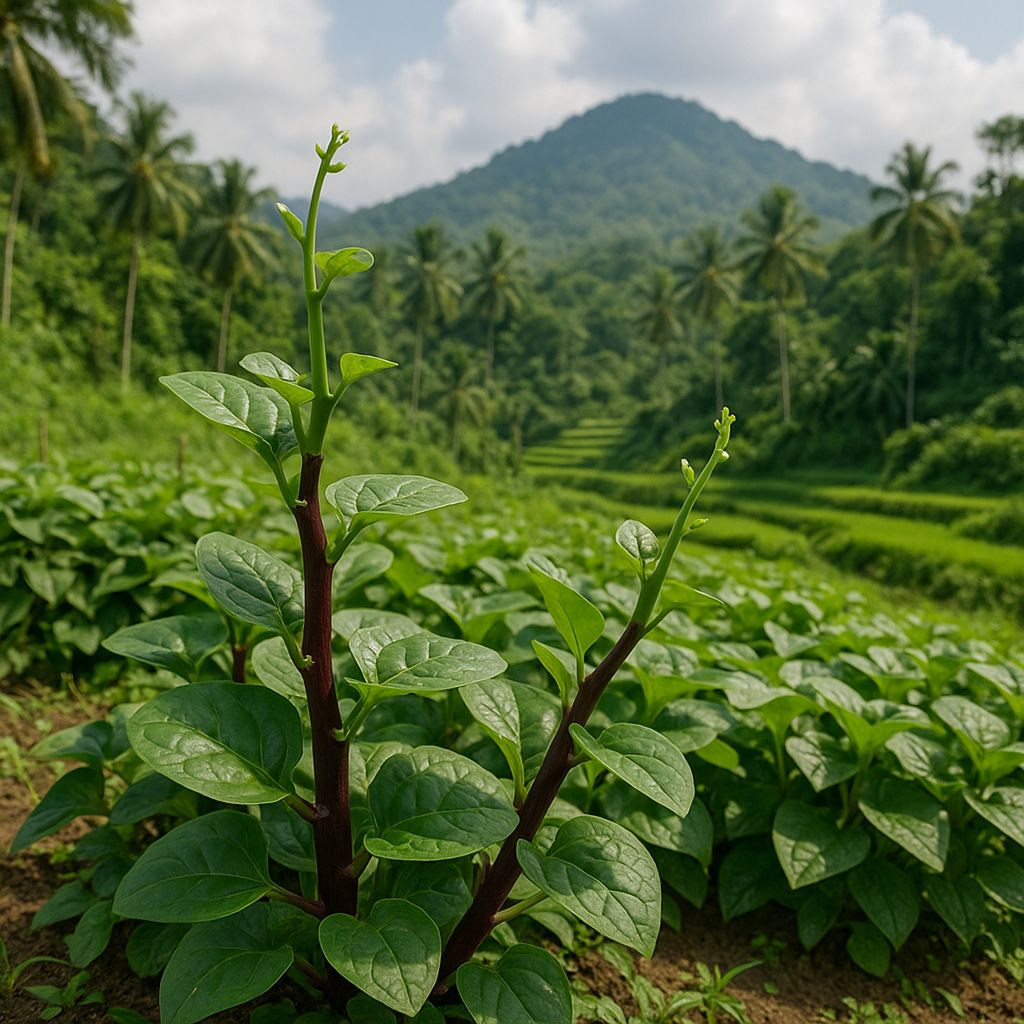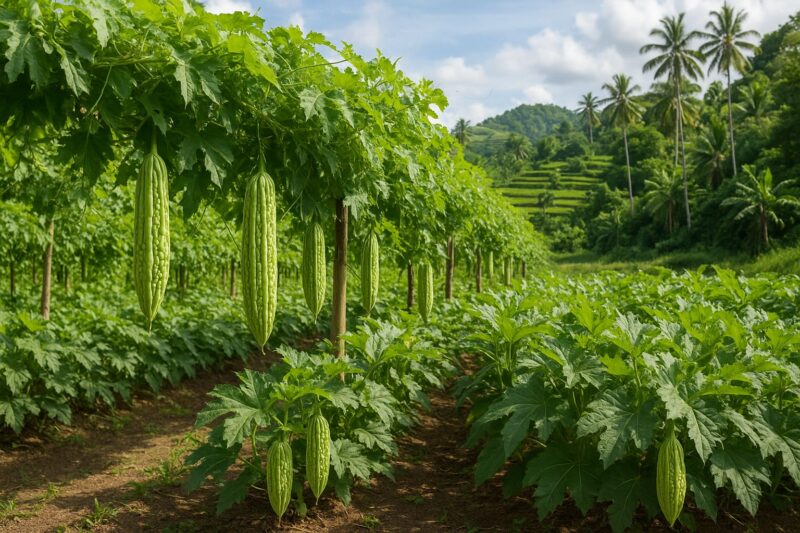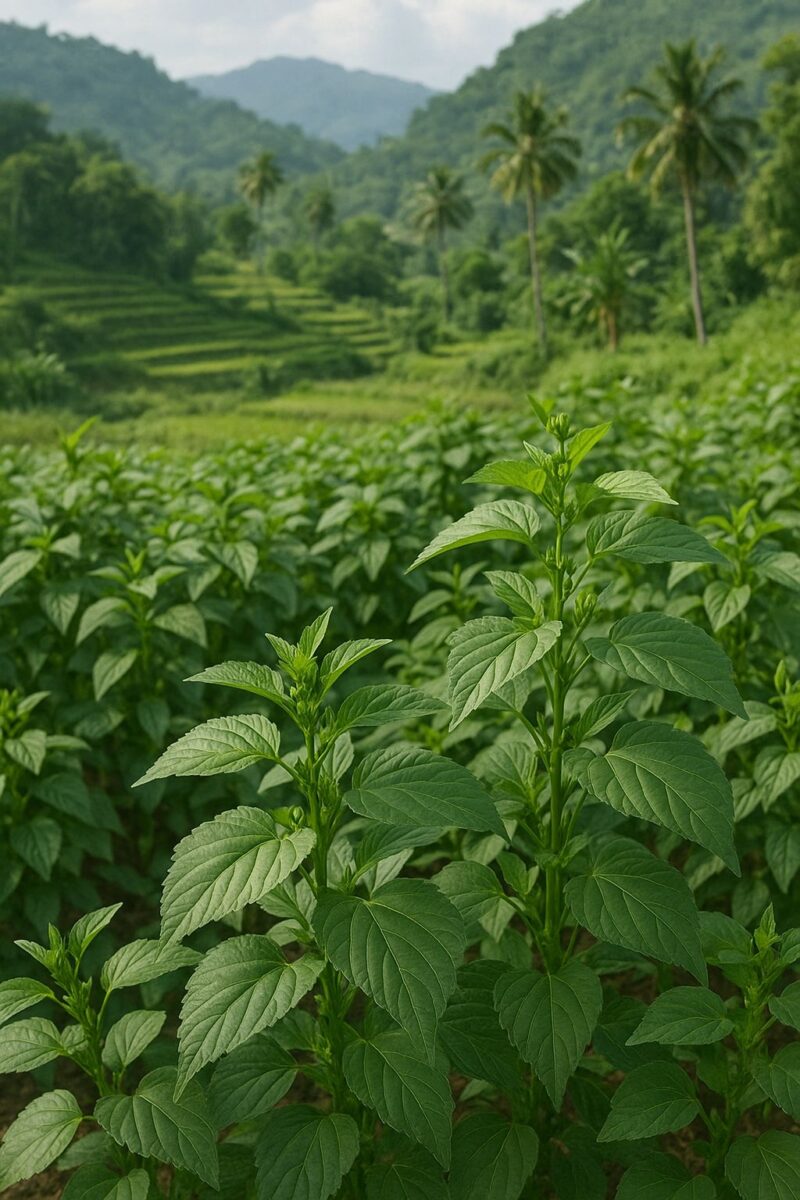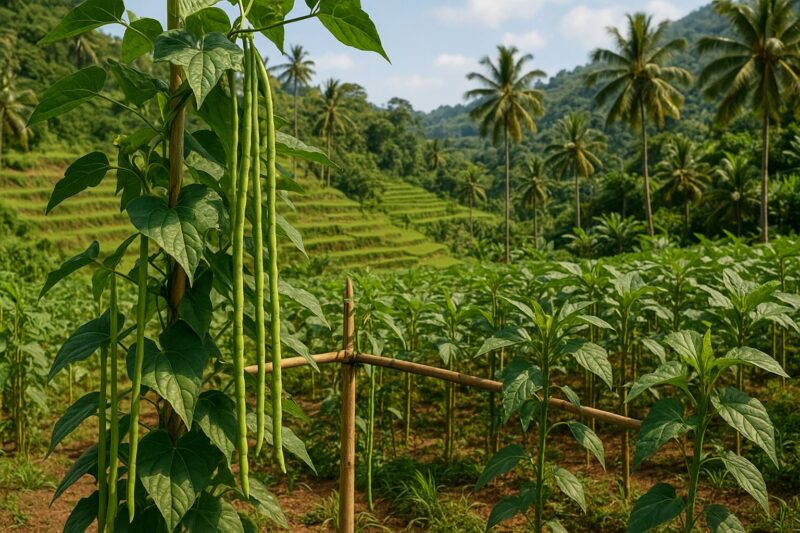Malabar spinach—alugbati—thrives in our warm, humid climate, offering lush, succulent leaves that turn ordinary sautéed dishes into vibrant stir-fries and nutritious soups. Unlike temperate spinach, alugbati loves heat, making it ideal from Bulacan backyards to rooftop planters in Manila and lowland gardens in Negros. Yet, despite its resilience, a few simple steps unlock its full potential: variety choice, soil health, proper support, watering, and pest checks. Over multiple seasons of trial—sometimes joyful, sometimes exasperating—in Bulacan, and with insights from growers in Laguna and Davao, here’s the routine that works nearly anywhere in the Philippines.
Variety choice sets the tone. Traditional green-stemmed alugbati produces mild, glossy leaves, while red-stemmed types add color and a slightly tangy flavor—perfect for garnishes or salad mixes. In my Bulacan plot, I intermix both: reds along the fence for afternoon hue, greens in containers for morning harvests. Upland gardeners in Bukidnon often stick to greens for consistent leaf size, but the reds catch the eye at city markets.
Soil preparation cannot be rushed. Alugbati thrives in loose, fertile soil rich in organic matter. In clay-heavy areas, I dig in two wheelbarrows of homemade compost and a handful of rice hull charcoal per ten square meters to improve aeration and drainage. Sandy coastal soils—like those in Iloilo—benefit from added coconut coir or well-rotted manure to retain moisture. Aim for a slightly acidic to neutral pH—around 6.0 to 7.0—so nutrients remain available.
Propagation is simple and forgiving. Take stem cuttings about thirty centimeters long, strip lower leaves, and plant horizontally in shallow furrows two to three centimeters deep. Space cuttings fifty centimeters apart so vines have room to ramble. In Bulacan’s early dry season, I start under shade cloth to prevent wilting, then move plants into full sun once they show new growth—usually within a week.
Support unlocks productivity. Though alugbati can sprawl, simple trellises or stakes keep vines upright, improving air flow and easing harvest. I build bamboo A-frames every meter; as tendrils reach thirty centimeters, I weave them gently into place. Vertical vines dry faster after rains, reducing mildew risk, and free ground space for intercropping with low lettuce or herbs.
Watering demands consistency. Alugbati relishes moisture but hates waterlogging. I water deeply each morning—ensuring soil stays damp 15–20 centimeters down—then allow surfaces to dry by afternoon. Mulching with rice straw conserves moisture, suppresses weeds, and feeds the soil as it breaks down. In containers—common in urban gardens—I water daily during dry spells, checking by feel that soil crumbles, not clumps.
Feeding keeps leaves lush. At planting, I mix a handful of compost into the furrow. Four weeks later, when vines begin vigorous growth, I side-dress with decomposed chicken manure or pour compost tea around each mound. Too much nitrogen can invite aphids; I balance with potash via a light sprinkle of wood ash around the drip line for sturdier stems and better leaf texture.
Pest vigilance is minimal but important. Aphids cluster under new leaves; a gentle spray of neem oil or garlic-soap infusion keeps them at bay. Snails nibble after rains—handpicking at dawn and setting troughs of beer traps control their numbers. Powdery mildew may appear on shaded leaves; pruning crowded shoots and increasing sun exposure halts its spread.
Harvest begins as soon as vines reach fifty centimeters—often four to six weeks after planting. Cut outer shoots just above a node, leaving the rest to regrow. Frequent harvesting—every seven to ten days—promotes continuous leaf production for three to four months. In one Bulacan trial, I clipped greens twice weekly and never let vines become woody or overgrown, keeping stalks tender and flavorful.
One rainy season, after a week of near-constant drizzle, my espaliered vines sagged under moisture. I propped sections with spare stakes, thinned excess foliage, and added fresh compost to boost vigor. In two weeks, new shoots burst forth, underscoring alugbati’s resilience when given a little extra care.
Whether you grow sprawling beds in open fields or container vines on a balcony, mastering soil health, stem cuttings, support structures, balanced feeding, consistent moisture, and simple pest checks will bring you abundant alugbati harvests across the Philippines. Its heat-loving nature and rapid growth make it a reliable, nutritious green—even when other crops falter.
I’m open for consulting and speaking opportunities on sustainable vegetable production and urban agriculture nationwide. Let’s grow together.
#Alugbati #MalabarSpinach #PhilippineFarming #SustainableAg #UrbanGardening #ConsultingAvailable #SpeakingOpportunities




